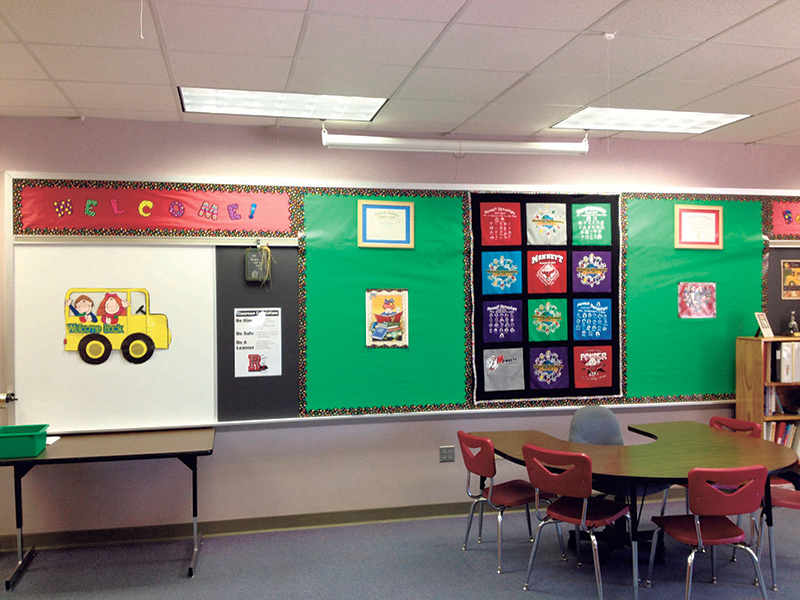Of the 1,100 professional and lay Jewish school leaders who attended the annual Prizmah Conference in Atlanta, Ga., earlier this month, the Canadian contingent was the most robust and diverse. I was honoured to be part of that cohort of 80, charged with the task of imagining and constructing new possibilities for Jewish education.
During the three-day conference, a new report, entitled The Future of Jewish Learning Is Here: How Digital Media Are Reshaping Jewish Education, was released by the San Francisco-based Jim Joseph Foundation. The report’s authors argue that online learning has irrevocably changed the way Jews learn. Jews are using online learning to connect with other Jews. They learn in sync with the Jewish calendar. And most importantly, their online learning impacts their offline behaviour.
The report could have tremendous significance for the Jewish community when it comes to probing how we pass on our traditions to the next generation. For legacy institutions, including Jewish federations and day schools, one major implication is the apparent need to retool their work in order to remain relevant. Coupled with what I heard at Prizmah about personalizing learning and the absolute necessity of mixing technology into brick-and-mortar schools, this message resonates even more urgently.
It all starts with blended learning. Combining traditional teaching – a classroom full of students, an experienced teacher and a text – with the power of technology expands learning beyond the four walls of the school. Technology creates the infrastructure and opportunity for a learner to effectively be a school of one, yet remain networked to many. Blended learning can personalize a course of study in ways that traditional schooling cannot. As a result, students learn more and feel better about it.
As a few school leaders attested at the Prizmah Conference, the process of moving from traditional 19th-century teaching to a 21st-century blended environment can be slow-going. For many of us, change evokes fear, confusion, anxiety, frustration and, most pressing in schools, resistance. This is to be expected and, nonetheless, needs to be overcome.
But if blended learning sounds like the future, the truth is that the future is already here. In some Jewish communities, blended learning has been successfully integrated into the school system – for example, in Miami, four Jewish day schools already employ blended learning, and the program is expected to expand into four more Jewish schools in the coming years.
Granted, blended learning has its detractors, many of whom worry about kids and screens. But then, Socrates also worried about kids and their quills and papyrus – writing, he argued, would cause memories to wither. Copyists and scribes were equally critical of the printing press, but Johannes Gutenberg’s innovation exploded all of the norms and assumptions about Jewish learning and accessibility – to our people’s benefit. Screens, like quills and printing presses, are tools, and like any tool, one needs to learn how to use it properly.
READ: BAUMEL JOSEPH: WE NEED TO REORIENT EDUCATION FOR A NEW GENERATION
Toronto has long been the envy of the Jewish educational world – I heard as much in the halls and lounges of the hotel where the conference took place. If we are to continue to be relevant within Jewish households across the Greater Toronto Area, let alone on the North American stage, we need to embrace the future and bring it to all of our students as quickly and judiciously as possible. With blended learning, we have the opportunity to be the envy of the Jewish learning world once again.









